Approximately half your body weight is muscle tissue. There are three types of muscles, which are cardiac, skeletal and smooth muscle. Cardiac muscle appear striated. it is located in the hearth walls and is under involuntary control. Skeletal muscle is attached to the bones and provides the movement necessary for doing activities such as walking or jumping, appear striated and is under voluntary control. Smooth muscle appear spindle-shaped, is under involuntary control and is located in the walls of hollow organs like the uterus, intestine, bladder, blood vessels -except the heart.
Muscular System Functions
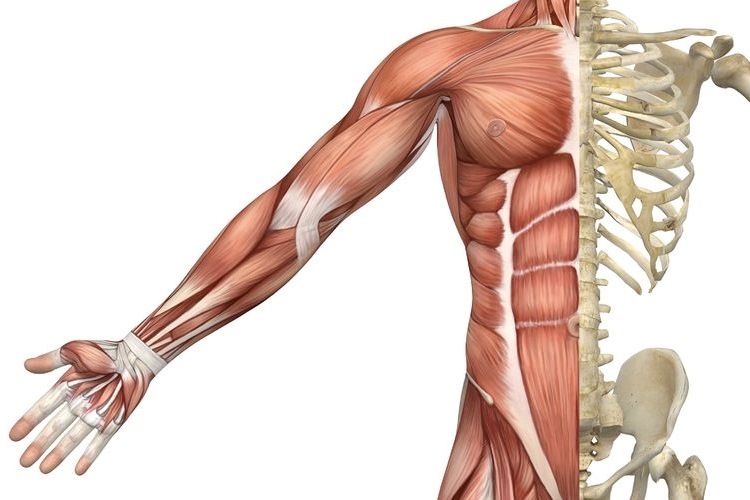
1. Mobility
The central nervous system controls the skeletal muscle fibers necessary for voluntary movement, by means of the muscles contraction and relaxation, actions like running, jumping, walking, dancing or chewing among others, can be done effectively. All the bones in the body are covered by muscles, these muscles can be connected with joints and bones through fibers called tendons. Since skeletal muscles can pull the bones, but not push them, a pair of these will always be needed, one muscle to pull forward the bone and one muscle to do the same in the opposite direction -agonist and antagonist muscles- completing the movement. In some cases maintaining the contraction of the muscles will also be needed. This is how several actions as raising your arm to wave to another person, carry your grocery bags, writing, doing sports, and many other things are done.
2. Communication
Since the muscles we need for speaking and writing are also skeletal muscles, their use is completely voluntary. They can be controlled by our central nervous system telling them what to do and how to do it and which mouth or hand movements to make in order to say or write anything we want.
3. Maintenance of Posture
Contrary to what many people believe, we are not in a relaxed position while sitting or standing. It is possible for ourselves to maintain such positions due to the constant contraction and relaxation of the muscles located in the thorax and at the sides of the vertebrae. Babies who have not yet learned how to control these muscles and people with muscular diseases can’t sit straight and need an extra support to do so.
4. Carries out Digestion
While putting food in your mouth, chewing and swallowing are all voluntary movements, whats happens next is out of your control. The food goes down your esophagus and into your stomach where it starts to process with chloridic acid, then it continues its way through the small and large intestine and finally into the rectum where it is discharged in the form of feces. These involuntary digestive movements are called peristalsis and are carried by smooth muscles.
5. Heat Generation
There are several mechanisms in which the body produces and maintain heat, the main one is through skeletal muscular movement. This is why when we are cold we start to shiver uncontrollably. When we exercise, our body temperature raises, causing our muscles to redirect this excess of heat to the skin in the form of sweat, cooling down our bodies a bit this way. Maintaining a correct temperature is very important because all physiological, cellular and biochemical process are done at a specific range of temperature in our organism; and any prolonged variation can bring unwanted consequences as a result.
6. Blood Circulation
The heart -with its cardiac muscles- is responsible of the blood pumping through the whole body, with the help of the blood vessels -with its smooth muscles-. Without this muscles and organs, survival would be impossible. They are in charge of carry the oxygenated blood from the heart to absolutely all the organs, muscles and tissues of the body; and carry all the deoxygenated blood from these to the heart again, doing these process continuously and non-stop through all our life. On the other hand, skeletal muscles movements can also help improve the blood return to the heart through the blood vessels, an example of this is the prevention of varicose veins in the legs with the help of exercise.
7. Shock Absorption
The muscles acts as cushions to protect bones and organs, this can be done due to the agonist and antagonist movements (when a muscles pulls forward, there is another muscle to pull backwards) and the contraction movements it has, this help absorb impacts, reduce friction and stress in joints and other tissues.
How to Take Care of Your Muscular System

Eat a Balanced Diet
In order to ensure muscular system functions are carry on properly, the main thing to be aware of is having a balanced diet. Proteins are fundamental for muscle growth and maintenance, these can be found in lean meats, fish, poultry, eggs, seafood, nuts, soy, dry beans and some seeds. Carbohydrates are the muscle fuel since they provide all the energy needed for everyday activities, sources of these food includes whole grains, vegetables and fruits.
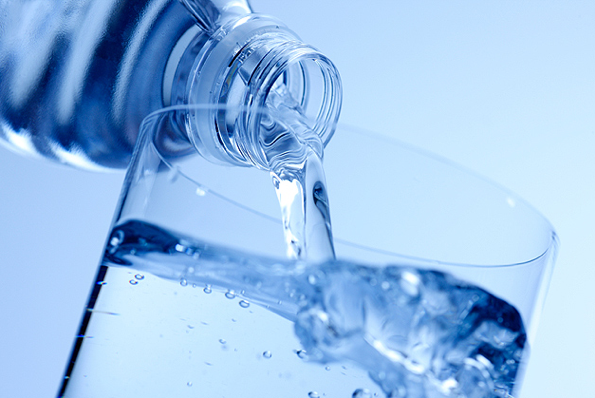
Stay Hydrated
Muscle soreness and cramping is a common thing when you are dehydrated, this is easily preventable by drinking lots of water through the day and specially during workout sessions. Severe dehydration can also cause you to have an electrolyte unbalance and serious health issues because of this.
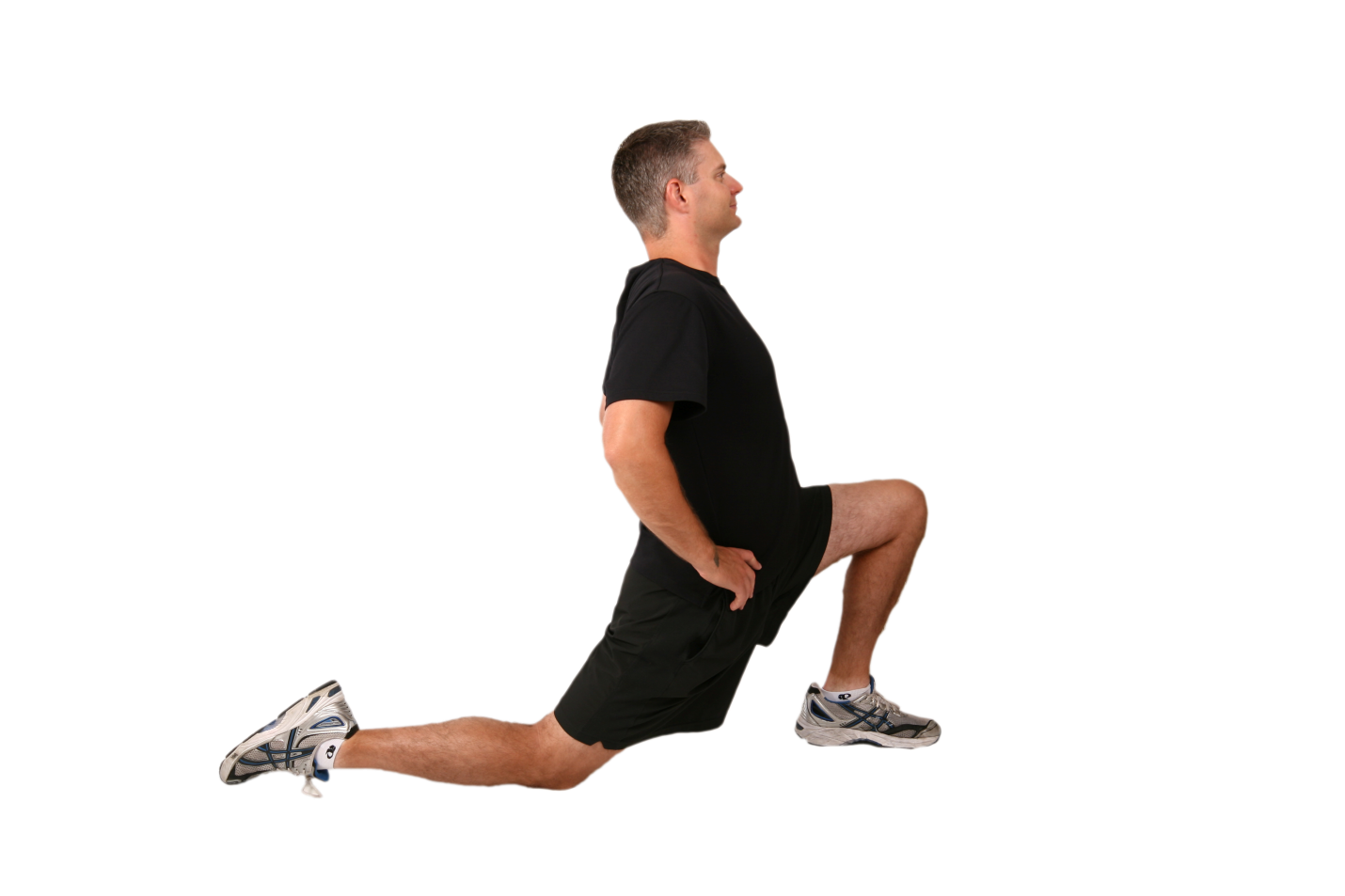
Warm Up and Stretch
The risk of muscle and tendons strains reduce significantly if you take some time before a workout to do some stretches, this will increase the temperature and blood flow into the tissues to activate them. Walking and jogging good ways to initiate any exercise. Take 10 to 15 minutes before any activity to warm up and do some stretches.
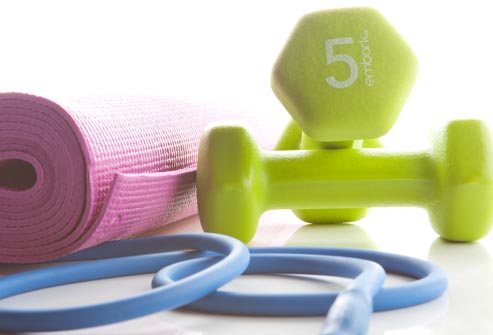
Resistance Training
This type of training is done by lifting weights, is the kind of exercise bodybuilders do. It will increase muscular mass, strength and resistance to carry heavy weights. It will not improve, however, cardiovascular health and endurance.
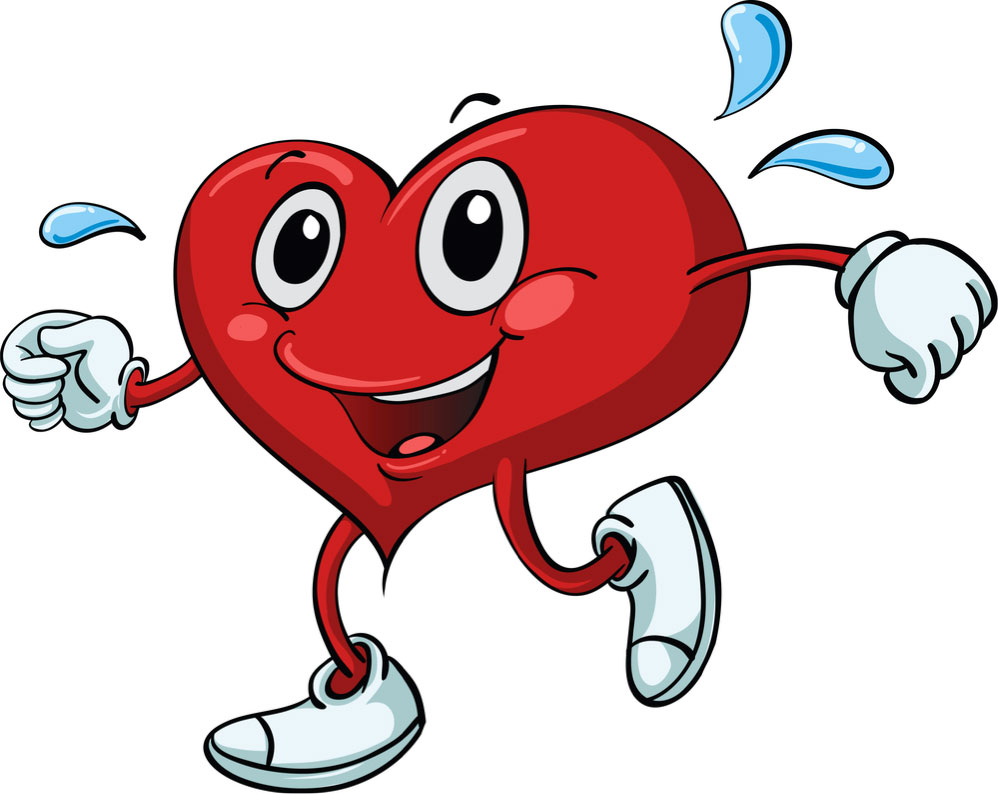
Aerobic Exercise
This include walking, jogging, dancing, swimming and any other activity in which the priority is to burn calories and improve cardiovascular health. This kind of exercise will burn fat, increase indurance and muscle tone, but it will not increase muscle size.
Correct Posture
Having a correct posture will benefit your bones, muscles and joints. Usually when an activity or workout is performed, all this body elements must be conjoined in order to effectively accomplish the task. If there is a muscular unbalance for example, all the other structures will be compromised, therefore affecting the activity. For all this, maintaining a correct posture is essential in order to develop a correct bone and joint structure. If you are seated on a chair, your column must be straight and your shoulders faced against the back of the chair.
Maintain Normal Weight
Normal weight can vary for each person depending of various factors as gender, stature, age and physical activity. One way to measure this is by calculating the BMI (body mass index), this can be done by dividing the corporal weight by the square of the body height. A normal range is considered between 18,5 to 24,9. However, in a body builder the resulting number of this equation will show way a higher number, just because they have more healthy weight due to the increased muscular mass, in this cases this formula should not be used. In general terms, to have a good diet you need to eat healthy, balance your calorie intake with proteins, carbohydrates and fats. Do aerobic exercise to improve cardiovascular health, and lift some weights for resistance and muscle maintenance.
